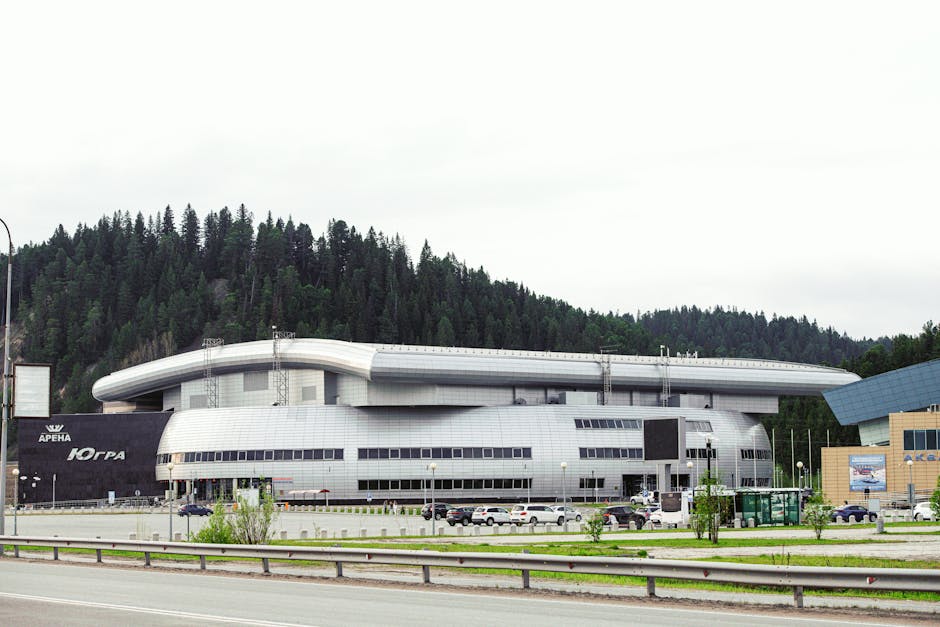- Fire Devastation: Forest fires damaged nearly one-ninth of Phawngpui National Park’s area.
- Cause and Control: The fires started from slash-and-burn agriculture and were brought under control by March 28 with the help of villagers.
- Location: Situated in Lawngtlai District, southeastern Mizoram, near the India-Myanmar border.
- Key Features: Established as a National Park in 1997, covering 50 sq. km, including Phawngpui Peak (Mizoram’s highest point). Known for its diverse flora (orchids, bamboo) and fauna (clouded leopard, Mrs. Hume’s pheasant).
- Importance: The fires highlight the vulnerability of protected areas to human activities like agriculture, posing a threat to biodiversity and ecosystems.
- Current Situation: Some areas of the park are still smoldering despite the fires being brought under control.
14.04.25
Ambedkar vs. Gandhi
- Why in News: Revisiting B.R. Ambedkar’s ideas on his 135th birth anniversary offers insights for building an inclusive and just society, especially in relation to Gandhi’s views.
- Convergence:
- Rejection of Violent Revolution: Both opposed communism’s violence and class struggle, favoring non-violent means for social change.
- Emphasis on Human Dignity and Social Justice: Both aimed for a just society with compassion. Gandhi focused on Sarvodaya, Ambedkar on Bahujan Hitay.
- Role of Ethics: Initially critical, Ambedkar later recognized the importance of individual morality, similar to Gandhi’s Swaraj.
- Differences:
- Caste: Ambedkar sought the total annihilation of caste, criticizing Hindu texts legitimizing oppression. Gandhi acknowledged harm caused by the caste system but supported a reformed Varna system early on and later advocated for its abolishment
- Separate Electorates: Ambedkar supported separate electorates for Dalits for political representation, while Gandhi opposed, fearing societal division. The Poona Pact resulted in reserved seats within joint electorates.
- Religion: Ambedkar converted to Buddhism, viewing Hinduism as discriminatory. Gandhi advocated Sarva Dharma Sambhava (equal respect for all religions).
- Means of Social Transformation: Ambedkar favored legal and constitutional means. Gandhi emphasized personal morality, non-violence, and spiritual awakening.
- Economic Models: Ambedkar advocated for state socialism and economic rights. Gandhi favored trusteeship, small-scale industries, and Swadeshi.
- Ambedkar’s views on untouchables: he considered it a political question
- Main Bone of contention: Status of ‘Untouchables’ between Gandhi and Ambedkar
- Gandhi’s view on swaraj: Gandhi viewed swaraj as moral and ethical freedom at the level of each individual
Biomass Mission
-
ESA’s Biomass Mission Launch: Scheduled for April 29, 2025, aboard a Vega C rocket from Korou Spaceport, French Guiana.
-
Orbit: Sun-synchronous orbit at 666 km altitude for consistent Earth observation.
-
Objective: To produce the first comprehensive global measurements of forest biomass. Addresses a severe lack of planetary-scale forest biomass data.
-
Significance: Will map forests, track changes, and improve understanding of the global carbon cycle, deforestation, and climate change. Forests store 861 gigatonnes of carbon and absorb 16 billion metric tonnes of CO₂ annually.
-
Urgency: In 2023, 3.7 million hectares of tropical forests were lost, contributing to 6% of global CO₂ emissions.
-
Technology: Uses a 12-meter antenna and P-band Synthetic Aperture Radar (SAR), the first of its kind in space. P-band SAR penetrates dense canopies for 3D forest imaging.
-
Carbon Measurement: Measures carbon stored in the canopy and on the forest floor, assessing biomass and carbon content changes.
-
Climate Action Support: Provides data for REDD+ initiatives and monitors illegal logging.
-
Beyond Forests: Will also observe ice sheet movement in Antarctica and generate digital terrain models.
-
Understanding the Carbon Cycle: Aims to measure how carbon distribution changes as humans cut down trees and increase atmospheric CO2. Knowing the carbon balance flowing to/from the atmosphere is crucial.
Electric Sense
- Fruit Fly Larvae Exhibit Electroreception: Researchers at UC Santa Barbara discovered that fruit fly larvae can detect and respond to electric fields, a sensory ability called electroreception.
- Electroreception Defined: Electroreception is the ability to detect weak electrostatic fields in the environment, used by animals for sensing living organisms or environmental factors.
- Specific Neurons Involved: Only a small cluster of sensory neurons on either side of the larva’s head are responsible for this electroreceptive behavior. A single neuron in this cluster directly detects the electric field.
- Directional Sensitivity: The neuron is inhibited when a negative electrode is in front of the head and activated when behind, causing the larva to reorient and move.
- Confirmed Response to Electric Field: Scientists eliminated other stimuli to confirm the larval response was specifically due to the electric field.
- Navigation Using Electric Fields: Larvae immersed in an electric field reoriented their movement and navigated towards the negative electrode.
- Electroreception in Other Species: Previously known in sharks, bees and platypus, this discovery adds fruit fly larvae to the list of organisms with electroreception.
- Electroreception uses: Electroreception is used for navigation, hunting, and communication in aquatic animals.
- Electroreceptive species in India: Gangetic dolphins and electric rays are electroreceptive species found in India.



